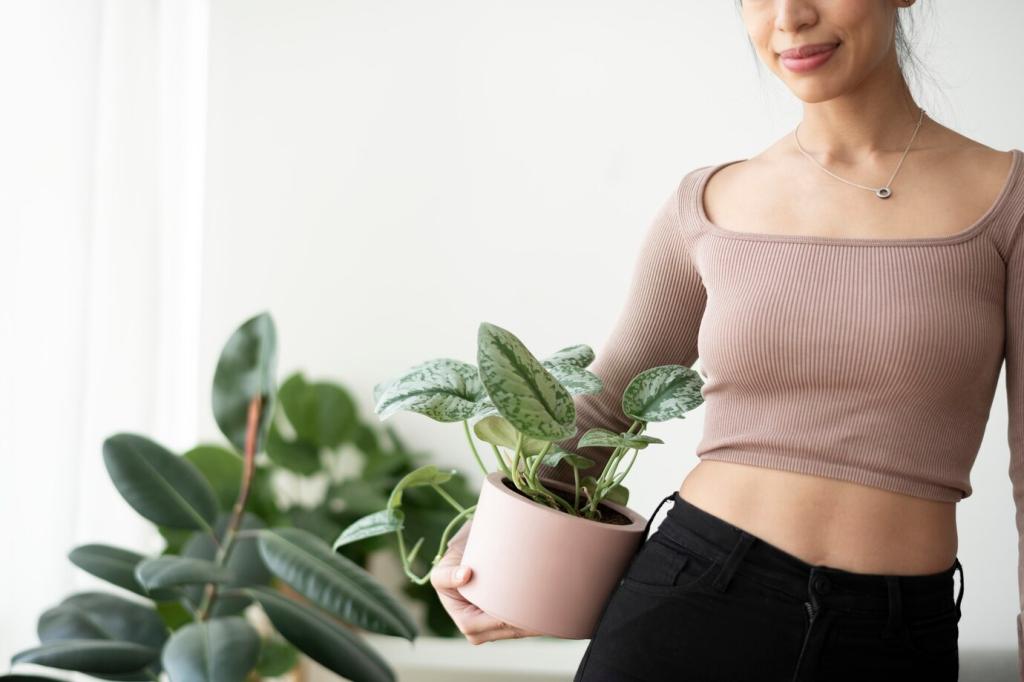Sustainable Materials in Modern Eco-Home Design
Sustainable materials are redefining the way we conceptualize, build, and inhabit our homes. Modern eco-home design leverages innovative materials to create living spaces that are not only aesthetically pleasing but also environmentally responsible. This shift responds to the urgent need for resource efficiency, carbon footprint reduction, and healthier living environments. Exploring the field of sustainable architecture reveals a diverse range of material solutions that blend durability, beauty, and ecological sensitivity, pointing the way toward a greener and more sustainable future in homebuilding.
The Foundation of Eco-Friendly Construction
Wood has been a staple in construction for centuries, but in the context of sustainable design, it’s essential to source it responsibly. Certified timber from well-managed forests ensures that wood products used in home building are renewable and do not contribute to deforestation. Engineered wood products, like cross-laminated timber (CLT), offer structural strength while utilizing smaller, fast-growing trees and wood waste, maximizing resource efficiency. Additionally, modern treatments and finishes can increase the lifespan of wood used in foundations, ensuring longevity and reducing the need for repairs or replacements.


Previous slide
Next slide
Previous
Next
Previous slide
Next slide

Windows and Doors for Passive Design
Modern eco-homes increasingly utilize triple-glazed windows, which offer superior insulation compared to traditional double-pane options. Low-emissivity (Low-E) coatings further improve efficiency by reflecting infrared heat back into the room while letting in visible light. These advancements maintain comfortable temperatures year-round, reduce condensation, and lower heating and cooling loads. High-performance glazing is crucial for buildings that aim for net-zero energy standards.

Flooring with a Conscience
Bamboo and cork represent fast-growing, renewable alternatives to traditional hardwoods for eco-home flooring. Bamboo matures quickly and can be harvested without replanting, while cork is harvested from the bark of trees that remain standing and continue to grow. Both materials are resilient, comfortable underfoot, and naturally resist pests. Their unique textures and aesthetic qualities make them popular choices for those seeking sustainability paired with design flexibility.
Previous
Next
Water Conservation Materials and Systems
Incorporating rainwater collection systems into the built environment is a key strategy for sustainable water management. Modern designs utilize durable, food-grade storage tanks, advanced filtration materials, and low-impact piping to capture and store rainfall for irrigation, toilet flushing, or even potable use. This reduces reliance on municipal water supplies and helps to buffer homes against drought.
